School safety and security is one of the most important efforts and disciplines in the physical security industry.
Day after day, school staff members, along with law enforcement and security personnel, do the hard, in-person work of monitoring the school campus and school buildings for both internal and external threats. They do this because keeping students, visitors, and fellow faculty and administrators safe on school property is a vital role and responsibility.
But keeping any school facility or university campus safe from potential threats requires more than just a vigilant staff. Physical security systems — which include a wide range of devices like video surveillance via security cameras, access control systems, PA systems, metal detectors, panic buttons, and alarm systems — play a role in lowering potential daily threats and creating a secure environment where learning can flourish.
We at System Surveyor are not experts in K-12 school security, but many in our user community specialize in the field of campus security. Our role has been to provide a tool that makes the job easier as it relates to communication, which is one of the most important aspects of an effective school security solution and that includes planning, managing, and maintaining the technology to help in this effort. We’ve worked with numerous physical security professionals and school officials as they work hard to prepare for the coming school year. This blog post has a few considerations we’ve gleaned from others in the industry and some of the great resources that we’ve come into contact with over the years.
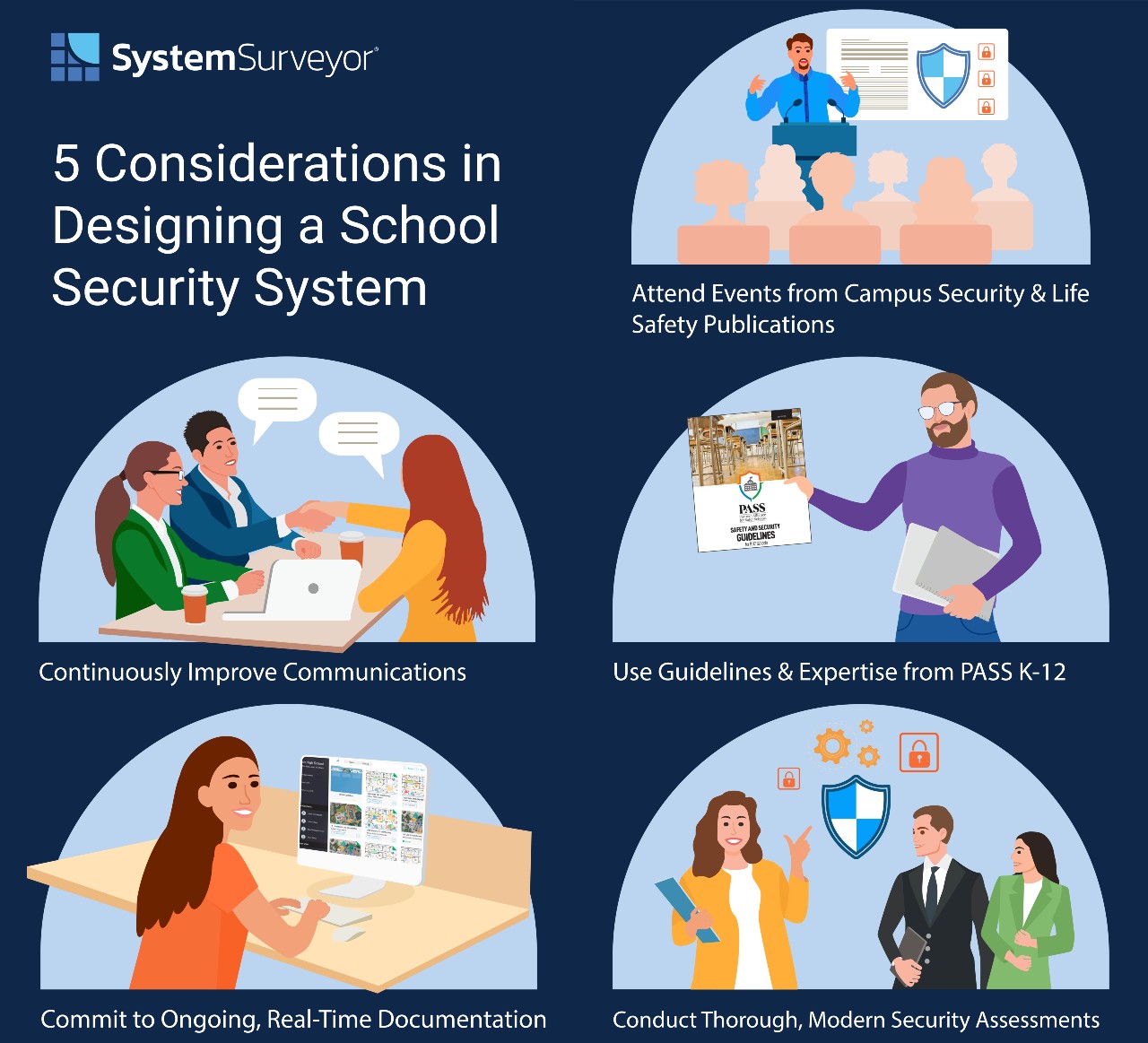
1. Utilize Guidelines and Expertise from PASS K-12
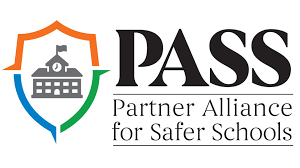
First, PASS K-12, the Partner Alliance for Safer Schools, has done invaluable work with K-12 schools across the country, bringing expertise and information regarding security practices and investments to the hands of K-12 educational leaders. PASS has created guidelines and tiered levels of security practices that school administrators can apply to any educational facility.
PASS K-12 has produced valuable resources that may be of interest to educators, administrators, and other school personnel, including an effective guide on navigating the complex market for school security solutions. It’s worth a read for the included top four safety and security pitfalls the PASS K-12 team has seen in schools.
School administrators looking for guidance on how to establish a school safety and security plan for the first time or refine a plan that’s out of date will benefit from PASS K-12’s four-step process:
- Assemble a team
- Do a risk assessment
- Do a building assessment by layer (property, parking lot, building, and classroom and interior perimeters)
- Establish documents and budgets
The full guide from PASS K-12 provides detail and insights on each of these steps.
Whatever a school’s current level of security preparedness and system capabilities, PASS has resources that can help schools improve.
2. Attend Events from leading Campus Security & Life Safety Publications and their Communities

There is a strong peer group of campus security leaders who share best practices.
As one example, Campus Security and Life Safety regularly puts on events, webinars, virtual summits, and other learning opportunities that can help schools improve their understanding and approach to emergencies and threats. They tap into some of the best experts in the field to provide content. Recently, System Surveyor was proud to sponsor their Virtual Summit and a session on Addressing Active Lethal Threats on Campus.
Chris Hugman, CEO of System Surveyor, describes how System Surveyor can help schools stay safe.
Individuals in any role related to school safety or physical security system design will find valuable ongoing resources from Campus Security and Life Safety and other related publications such as Campus Safety Magazine. We recommend checking in regularly to get their latest updates on topics ranging from the latest security measures to how to interface with emergency personnel if needed.
Getting involved and staying up to date on these key topics will put safety at the forefront of your operations and prove to be a valuable investment of time.
3. Conduct Thorough, Modern Security Assessments of the School Campus

Modernizing campus security is of the utmost importance in today’s environment, and that process starts with understanding the state of a school’s existing security system and safety issues. Answers to questions like these must be readily available for appropriate action:
- What is the state of PA systems?
- Where are all the entry points?
- Where are surveillance cameras located on the school campus?
- Are there blind spots in the school security cameras that could allow unauthorized visitors to gain access?
- How is video footage stored? Are those systems both secure and functioning?
- Are outdoor spaces (parking lots, playgrounds, athletic fields) monitored or protected by video security?
- Are classroom doors up to code and can they be locked down?
How are sensitive spaces where security cameras can’t be used (restrooms, locker rooms) being protected? A thorough, updated security assessment will answer these questions and more, comprehensively. And just as important, it should list the age of security equipment, note any hardware or devices that aren’t functioning, where maintenance is needed, and when equipment needs to be replaced with a new system.
Oftentimes educational institutions rely on manual processes to conduct security assessments: pen and paper lists of equipment, or maybe an Excel spreadsheet. These methods, however, don’t allow schools to make dynamic, real-time updates, and they don’t proactively track the age of equipment. The best practice approach is to utilize system design and planning software to conduct modern security assessments of the campus. It is also important to work with vendor partners and system integrators with expertise to help with the effort and form a good communication and collaboration plan if they are part of your extended security staff.
Funding May Be Available
According to Chuck Wilson, chairman of PASS K-12 and president of NSCA, multiple state governments are making funds available for schools to enhance security, including performing this kind of security assessment.
Additionally, other states are implementing new requirements and directives that schools and school districts are expected to follow. Texas released a new set of requirements after the shooting in Uvalde and is considering funding support. These requirements include conducting a summer targeted partial safety audit, an exterior door safety audit, and an access control review.
As states take steps to require further audits and/or provide funding for enhanced security assessments, savvy school and district leaders will adopt easy-to-use security system design and planning software so they can create and modify these assessments in a collaborative digital environment. If there is turnover in the security leadership and on the ground, one important factor is the ability to see on-demand what is in place and what the current state is to protect the campus or district.
4. Commit to Ongoing, Real-Time Documentation
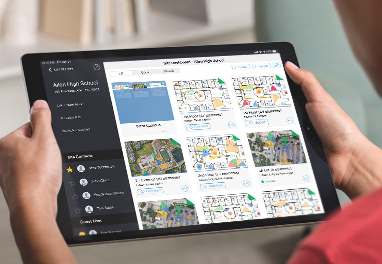
School security systems are constantly in flux: components age, fail, and break, and the technology available continues to evolve let alone new buildings or renovations. To keep a school security system functioning well, school leaders and security integrators must maintain systems and replace aging infrastructure before it reaches the end of life. Proactive is the name of the game.
Of course, doing this requires that school leaders know what their systems have, where each element is located, how old each device or component is, what the expected life or refresh cycle is for each, and so on.
In other words, an initial security assessment that gets filed away and doesn’t get updated isn’t enough. Schools need ongoing documentation that stays up to date and accurate. The initial assessment is one thing; ongoing documentation is another.
A digital system design tool can help schools move forward to a “living”, dynamic system diagram that can track where equipment is located, how old it is, when it should be replaced, and more. This kind of living record is far easier to keep up to date than paper plans.
Ongoing, real-time documentation using a digital system design tool unlocks another benefit: budget estimation. Schools can catalog what they have in place and then build out a digital mockup of the devices and systems that would be needed to reach maximum security measures. This kind of budget estimate paired with a digital floorplan can provide stakeholders with both the visual and numeric data necessary to make spending decisions. Of course, we all want to do everything we can, but school districts must wisely manage budgets.
5. Continuously Improve Communication
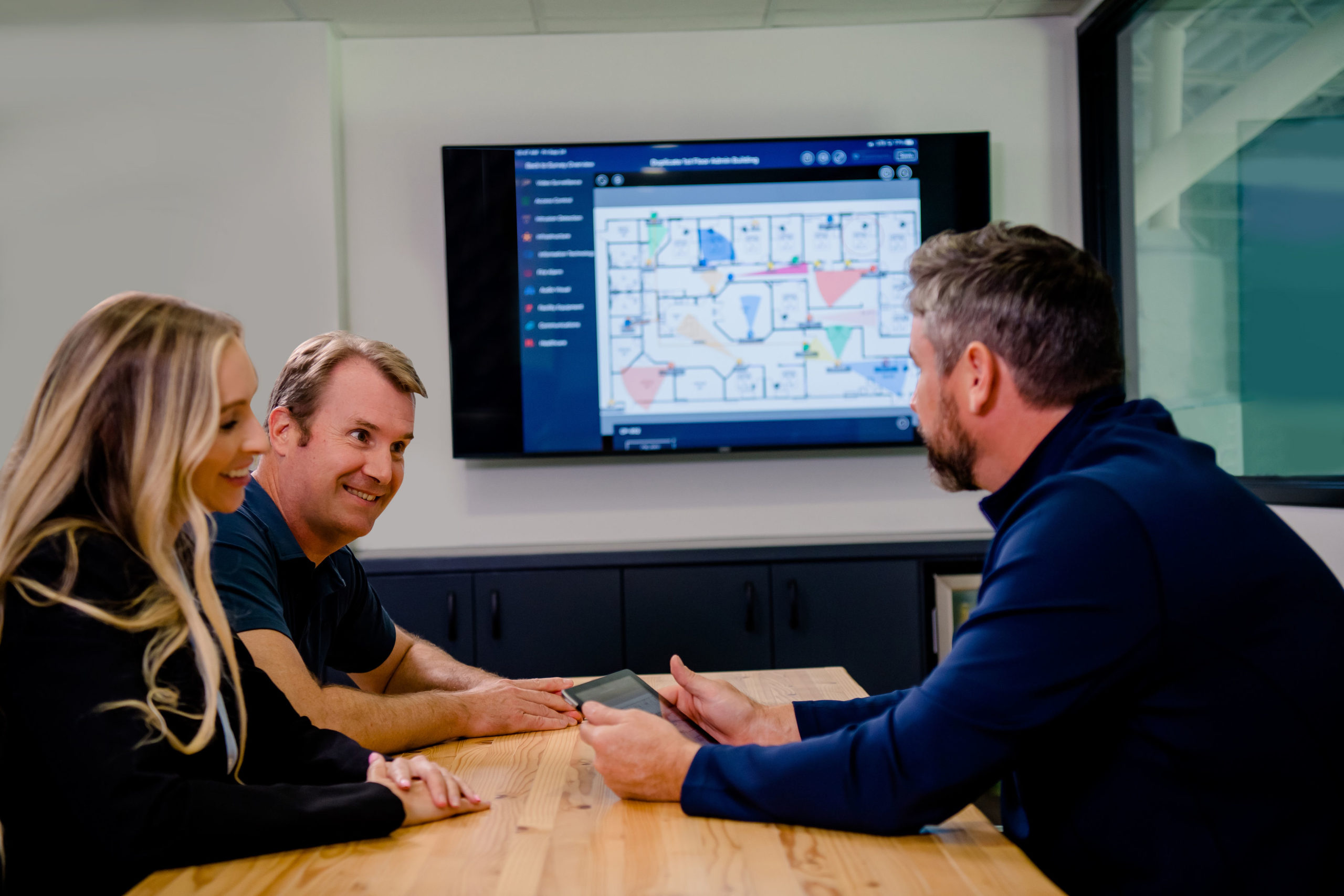
One of the most important aspects of security is communication. Everyone who is responsible for protecting both people and property on school grounds and during school hours must be on the same page about policies, procedures, and expectations. Several of the school emergencies making national news in recent years have involved clear communication failures.
No one can know how they will respond when in crisis and under threat, but better communication can at minimum arm educators and staff with the knowledge of what to do.
Just as crucial as ongoing training (before-the-crisis communication) is communication systems and protocols during active security situations. Security systems can and should include the technology and infrastructure needed to make this communication happen, whether this looks like radios, an intercom and PA system, or something else.
System Surveyor Is Committed to Helping Schools Stay Safe
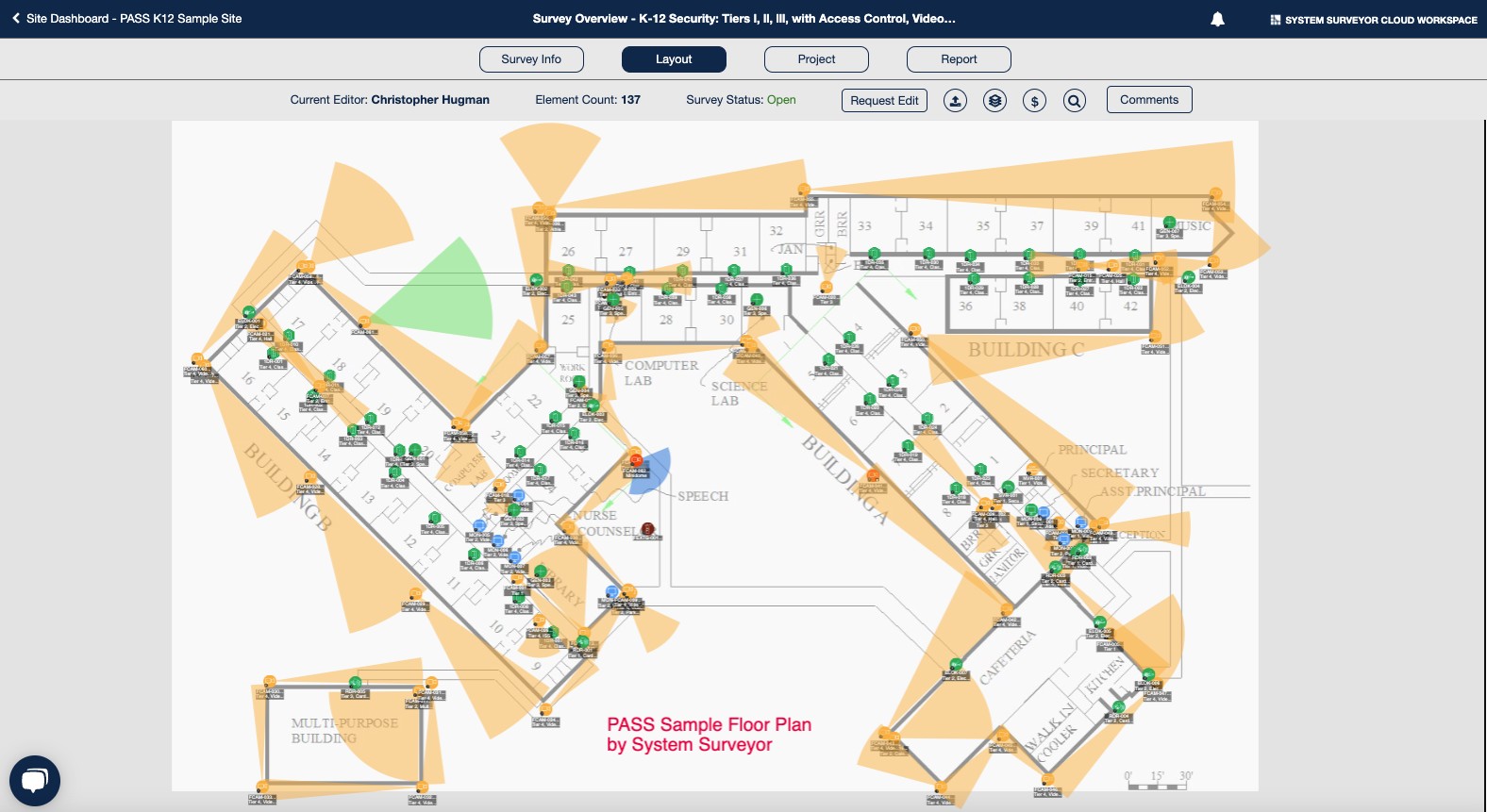
System Surveyor is committed to helping private and public schools and universities navigate the complexities of designing and implementing school security systems. Our platform allows for efficient and collaborative design and management that promotes overall safety and security within a campus. Contact us today to learn more about how our software can help your physical security design or schedule a free demo and get information on our education pricing.
